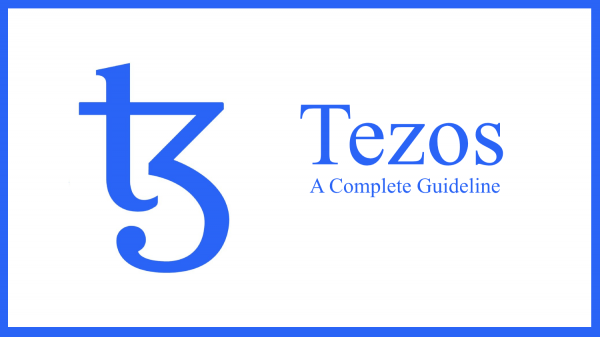
What Is Tezos ? – A Complete Guideline
SubscribeTezos is an open-source proof-of-stake blockchain network. It implements P2P transactions with the XTZ coin through its decentralized platform using smart contracts. Tezos has been one of the major gainers in the recent crypto market boom and positioned itself as an important platform for smart contracts. It is an attractive option for investors to diversify their portfolios and for developers working with dApps and smart contracts. The blockchain is equipped with on-chain governance and a built-in mechanism to integrate future technological innovations to always be updated. So, what exactly is Tezos? How does it work? What are its pros and cons? What does the future hold for Tezos? Let’s have a look.
What is Tezos?
As mentioned earlier, Tezos is an open-source proof-of-stake blockchain network. The native coin XTZ is currently priced at 3.83 $ and currently has a market cap of 3,269,019,840 $ (August 2021). The blockchain supports the development of dApps and is considered a potential alternative to Ethereum. Founded by Arthur Breitman and Kathleen Breitman, Tezos was initially released in June 2018. But the platform had garnered attention earlier by raising $232 million in July 2017 in one of the biggest ICO’s ever. But this was followed by numerous delays and legal issues. The Tezos blockchain is designed to solve the issues plaguing popular networks like Bitcoin and Ethereum such as protocol fork issues because of the failure of networks to adjust to blockchain modifications, costs, and centralization concerns due to the proof of work validation system, security concerns, and transaction language limitations.
How does Tezos work?
Tezos can be considered as a dApp and smart contract blockchain platform with a self-modifying feature powered by an on-chain voting system. The system is designed to be a decentralized, permissionless, and P2P transaction network. It implements a delegated proof of stake consensus mechanism as opposed to the proof of work systems of Bitcoin and Ethereum. Because of this stakeholders can participate in important protocol and governance decisions using the on-chain voting system.
The platform works based on the network protocol, transaction protocol, and consensus protocol. The network protocol is intended to define blocks and distribute them within the chain. Things required by nodes to preserve the integrity of the network, like downloading the status of the blockchain, connecting users, and adding the validated blocks to the network, etc… are included in the network protocol.
The transaction protocol oversees the efficacy of all transactions on the blockchain. It has a history of all blockchain data, particularly that related to the transaction of P2P transactions and blockchain activities.
The consensus protocol allows Tezos to attain a consensus on the status of the blockchain. This is also where the delegated proof of stake (DPoS) system comes into play. Using the consensus protocol, any change in the blockchain, addition or update, can be decided by the stakeholders through voting.v
The network shell of the platform, also known as the “blockchain protocol”, links all these protocols together. Tezos is built using OCaml, a programming language capable of identifying three principal components on the chain: blocks, protocols, and transactions. Any module coded in OCaml and executed on the blockchain can update its overall state.
Pros and Cons of Tezos
Despite its promises of building a protocol that is community-centric, the Tezos project has divided opinions in the cryptocurrency community. Several investors believe that the platform has the solid fundamentals required to construct a fully decentralized protocol without issues such as hard forks and division. Let’s have a look at the pros and cons of Tezos.
Pros
- Tezos uses the delegated Proof-of-Stake (DPoS) validation system in which users contribute only the required computational resources to keep the network working. This is very much cheap compared to other blockchains like Bitcoin and Ethereum that use PoW and other PoS systems.
- The platform lets stakeholders join in the validation system and rewards users for helping to maintain the security and stability of the network.
- Blockchain developers can build smart contracts and develop dApps on Tezos. The native smart contract language Michelson supports formal verification, generally used in critical situations.
- Tezos claims to implement high-value safety and code correctness needed for assets and other high-value use cases.
- Tezos maintains a modular architecture and orderly upgrade mechanism. Its self-modification allows the system to introduce and utilize new technological innovations easily as they arise.
- It provides orderly and systematic methods for stakeholders to reach an agreement on recommended protocol revisions.
Cons
- There can be a delay in token issuance, causing many users to miss out on their rewards without being notified.
- Many investors are reluctant to spend on XTZ as opposed to popular coins such as Bitcoin, Ethereum, etc.
- Many blockchain developers consider Tezos as an imperfect network as it is tricky to assume what its transaction fees and speeds will be once the platform becomes mainstream.
- Because of the delays in token issuance and few other issues, Tezos has had some struggles which have limited its popularity.
Read more on CryptoCurrency Derivatives Trading – A Complete Guideline Services
What does the future hold for Tezos?
Despite initial issues, Tezos has recovered fairly well and is on the way up. The latest technical innovations in the validation methods, security of smart contracts, and self-upgrade procedures, etc have helped the platform gain ground. The community “Tezos Foundation” is constantly working on improving the platform and the whole ecosystem. The future looks bright for Tezos and it has all the potential to become one of the most popular cryptocurrencies.
- What is Cryptojacking? Detection and Preventions Techniques
- How to Give Cryptocurrency As a Gift?
- Blockchain Development Life Cycle – Step by Step Guide
- How To Hire A Blockchain Developer For Your Company
- How to Choose the Right Bitcoin Development Company – A Complete Guide
- Common Bitcoin Scams – Beware Of Fraudsters
- How can entrepreneurs leverage blockchain in 2023?
- Role of Blockchain in Cyber Security
- Document and Certificate Verification Through Blockchain Technology
- Initial Coin Offering (ICO): Everything you need to know in 2023
- Categories
- Azure Blockchain Service
- Bitcoin
- Bitcoin Development
- Blockchain Application
- Blockchain Application Development
- blockchain developer
- Blockchain Development
- common bitcoin scams
- Crypto software features
- Crypto softwares
- Cryptocurrency
- Cryptocurrency Development
- Cryptocurrency Exchange Software Development
- Cryptocurrency review
- Cryptocurrency Trading
- Cryptocurrency Wallet Development
- ERC20 Token Development
- Hashing Algorithm
- ICO Development
- ICO Development Service
- ico website development
- Proof of Stake Coins
- Smart Contract Development
- Uncategorized

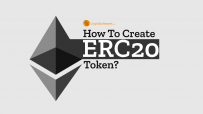

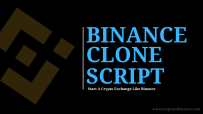

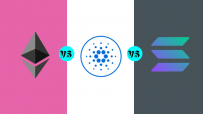






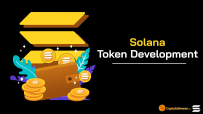
Leave a Reply